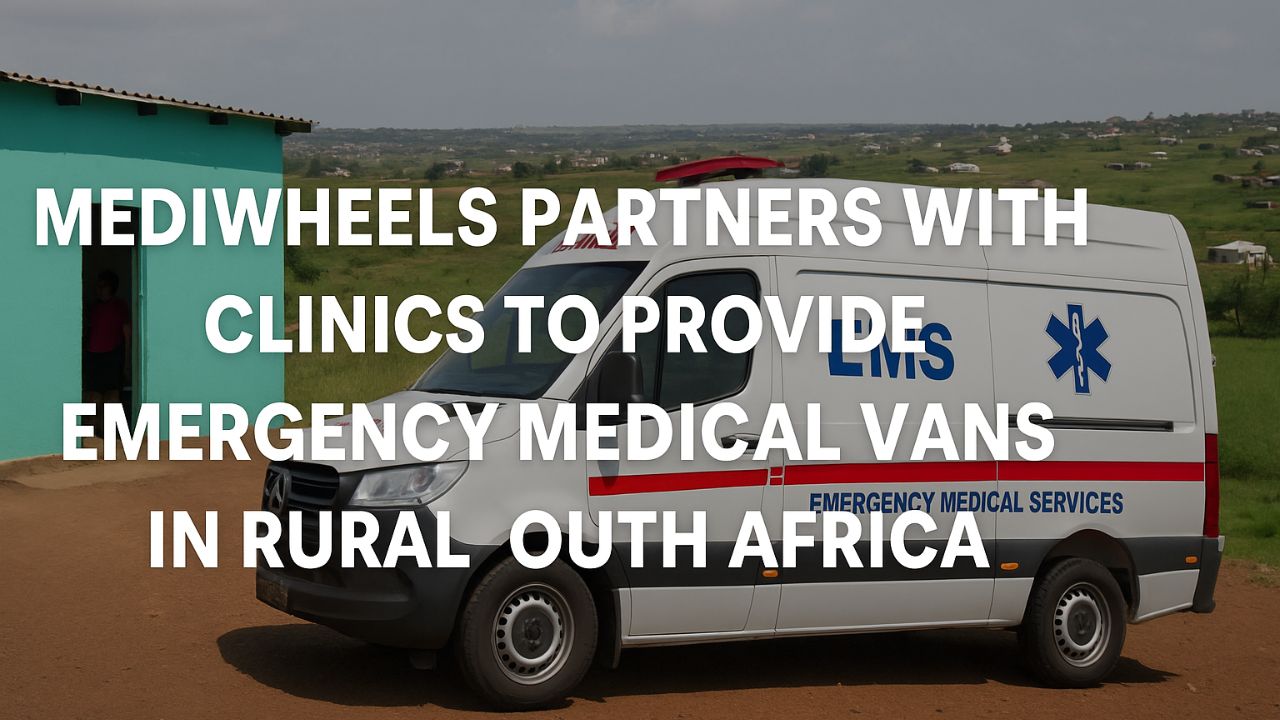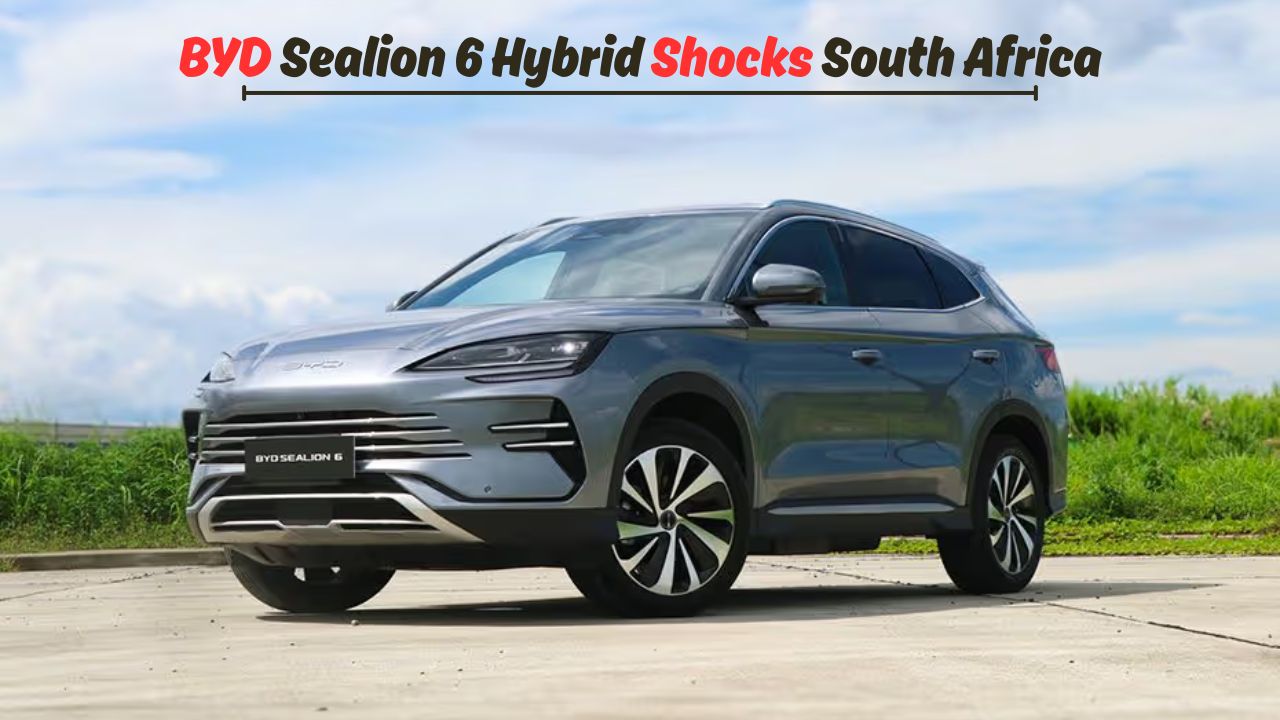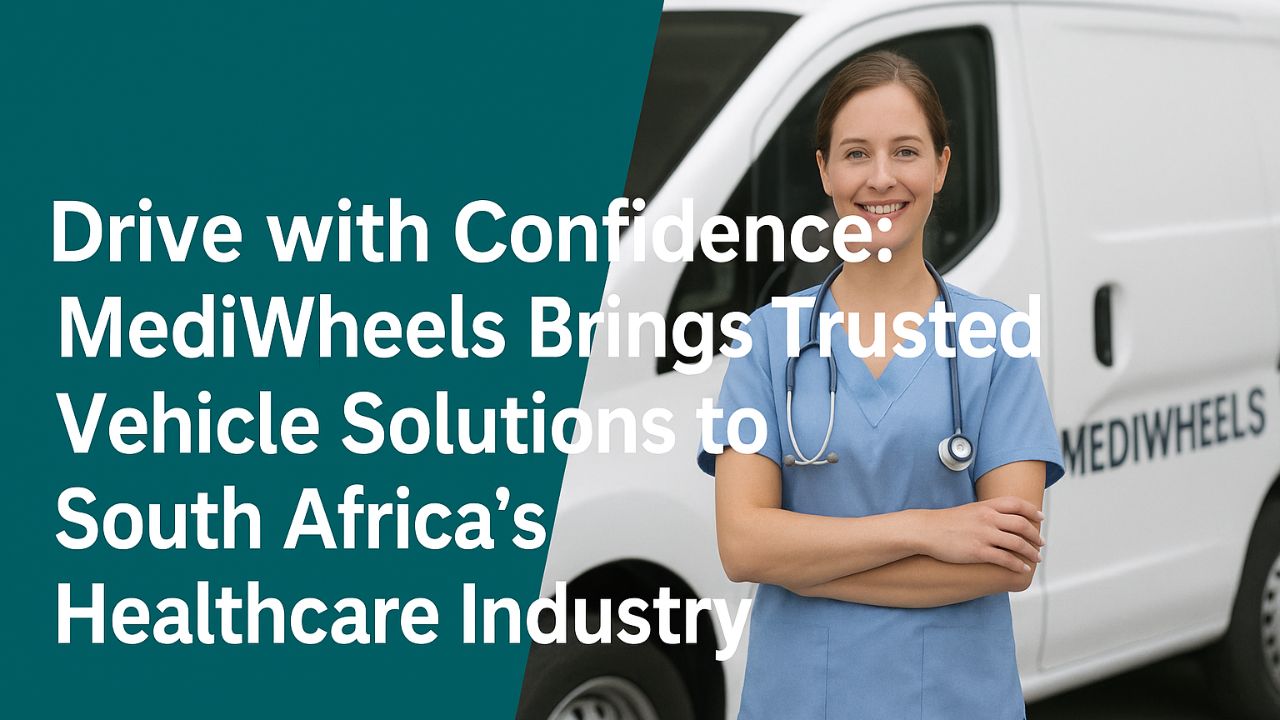MediWheels Partners – with Clinics to Provide Emergency Medical Vans in Rural South AfricaIn a groundbreaking healthcare development, MediWheels has officially joined hands with rural clinics across South Africa to deploy Emergency Medical Vans (EMVs) aimed at revolutionizing healthcare access in underserved regions. This initiative comes as a much-needed solution for remote communities that have long struggled with delayed emergency response times, lack of infrastructure, and critical shortages in medical transportation services.The rollout of these state-of-the-art mobile emergency vans will help bridge the healthcare gap by providing immediate first aid, stabilization, and safe transport to hospitals for patients in rural and semi-urban areas. South Africa’s rural landscape, often hindered by poor road networks and healthcare accessibility challenges, stands to benefit significantly from this public-private partnership.Let’s explore how this program works, what features are packed into these emergency vans, the locations prioritized in the first phase, and what this means for the health and safety of millions of rural South Africans.
What is the MediWheels Emergency Medical Vans Initiative?
MediWheels’ initiative is more than just mobile ambulances. It is a comprehensive outreach model designed to save lives.
- Emergency Medical Vans (EMVs) are fully equipped vehicles with trauma kits, oxygen supply, defibrillators, stretchers, and communication systems.
- They are managed by certified paramedics and nurses trained to handle rural emergencies.
- The project is in collaboration with local district health departments and rural clinics.
These vans act as rapid responders, aiming to reach emergencies in under 30 minutes — a crucial factor in life-threatening situations.
Priority Areas Chosen for First Deployment
MediWheels and partner clinics conducted a data-driven selection process to identify high-need areas.
First Phase Deployment Locations
| Province | District | Number of Vans | Rural Population Served | Clinic Partners |
|---|---|---|---|---|
| Eastern Cape | OR Tambo | 5 | 125,000+ | Mthatha Central Clinic |
| KwaZulu-Natal | Zululand | 4 | 100,000+ | Nongoma Community Clinic |
| Limpopo | Sekhukhune | 3 | 85,000+ | Jane Furse District Hospital |
| Mpumalanga | Gert Sibande | 3 | 92,000+ | Ermelo Mobile Health Unit |
| Northern Cape | Namakwa | 2 | 45,000+ | Springbok Public Clinic |
| North West | Bojanala Platinum | 3 | 78,000+ | Rustenburg Rural Health Centre |
| Free State | Thabo Mofutsanyana | 2 | 60,000+ | QwaQwa Regional Clinic |
These vans are expected to operate 24/7 and respond to accident scenes, maternal emergencies, chronic disease flare-ups, and community disasters.
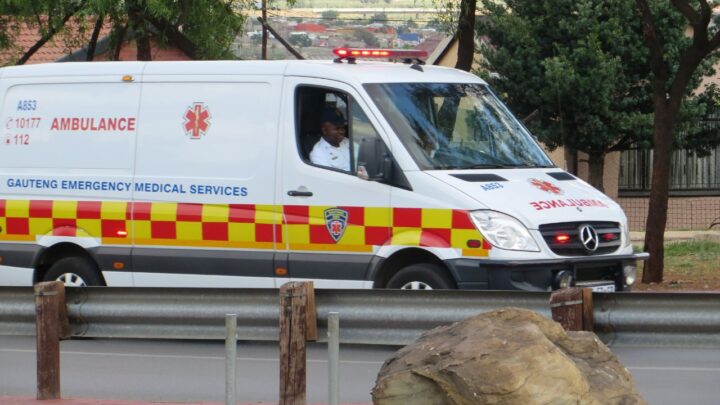
Key Features of the Emergency Vans
The MediWheels EMVs are designed for rural terrains and include medical and non-medical innovations.
Medical Equipment Onboard
Each van is equipped to provide advanced life support until hospital care is available.
- Automated External Defibrillator (AED)
- Oxygen Cylinder & Delivery Masks
- Multi-parameter Vital Monitor
- Emergency Drugs Kit
- Suction Machine
- Immobilization Tools (Neck braces, Splints)
- Obstetric Delivery Kits
Non-Medical Support Features
To ensure safety, communication, and operability, these EMVs come with:
- GPS Navigation with Rural Terrain Mapping
- Satellite Phones for Low Network Areas
- High-Beam Emergency Lighting System
- Battery Backup & Solar Panels
- CCTV Camera for Medical Recording
- Refrigerated Unit for Vaccines & Blood Samples
These upgrades allow the van to serve as both a mobile ER and a mini clinic when necessary.
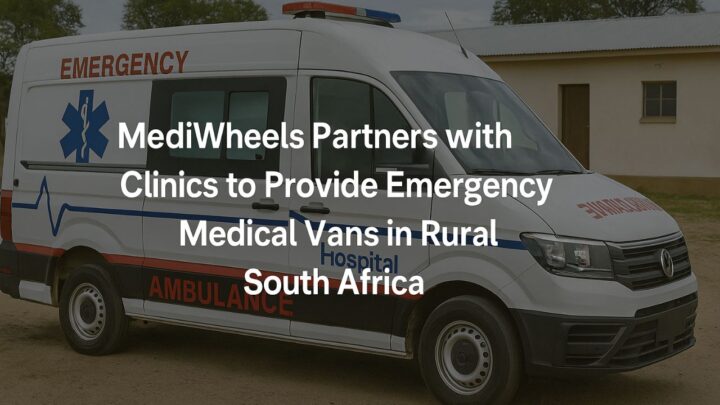
Benefits for Rural Healthcare and Local Communities
This initiative is seen as a life-saver by healthcare officials and rural families alike.
Immediate Impact on Health Access
- Faster response times in medical emergencies.
- Direct transport to nearest regional hospitals.
- Timely care for trauma, childbirth, and critical conditions.
Long-Term Benefits for Rural Communities
- Reduced mortality rates from preventable deaths.
- Increased trust in public health services.
- Improved coordination between clinics and emergency care.
Community Empowerment
Local communities are also participating in the program:
- Rural youth are being trained as Emergency Response Volunteers.
- Community health awareness campaigns are being run alongside deployments.
- Feedback loops with community leaders to assess effectiveness.
Government & NGO Support for the Program
MediWheels’ campaign is getting financial and logistical support from several partners.
Supporting Agencies and Roles
| Organization | Role in Program |
|---|---|
| Department of Health (DoH) | Regulatory support & EMS staff deployment |
| USAID | Medical equipment funding |
| Red Cross South Africa | First-aid training and community engagement |
| UNICEF | Child-focused healthcare planning |
| Rural Health Advocacy Project | Policy support and advocacy |
| World Bank Rural Health Program | Initial pilot funding for three provinces |
These collaborations ensure both sustainability and scalability of the project across more regions.
Expansion Plans: What’s Next?
MediWheels plans to scale this model across all nine provinces by mid-2026.
- Target: 80 new vans over the next 12 months.
- Focus: High-risk maternal zones, highway accident-prone areas, and tuberculosis clusters.
- Special: Dedicated mobile COVID testing and vaccination units to be added in future.
The success of the first phase will determine the pace of this nationwide expansion.
Challenges & How They Are Being Addressed
While the initiative is promising, it isn’t without hurdles:
- Poor roads: Vans designed with reinforced suspensions.
- Lack of mobile connectivity: Use of satellite comms systems.
- Funding constraints: Active fundraising from global health donors.
- Skilled staff: Partnering with nursing colleges for internship placements.
These strategic adaptations are helping to keep the program running smoothly despite rural challenges.
FAQ
Q1: Who can request a MediWheels emergency van?
Rural residents facing a medical emergency can call the district health emergency number, and the nearest EMV will be dispatched.
Q2: Is the service free for patients?
Yes, the EMV service is completely free for all eligible rural citizens.
Q3: How long does it take for the van to arrive?
Response times range from 15–45 minutes depending on terrain and proximity.
Q4: Are the vans only for emergencies?
Primarily yes, but they also support outreach campaigns like vaccinations and chronic care checkups.
Q5: How can my community request a van deployment?
Clinic administrators or local health boards can submit deployment requests to MediWheels via their district coordinators.
